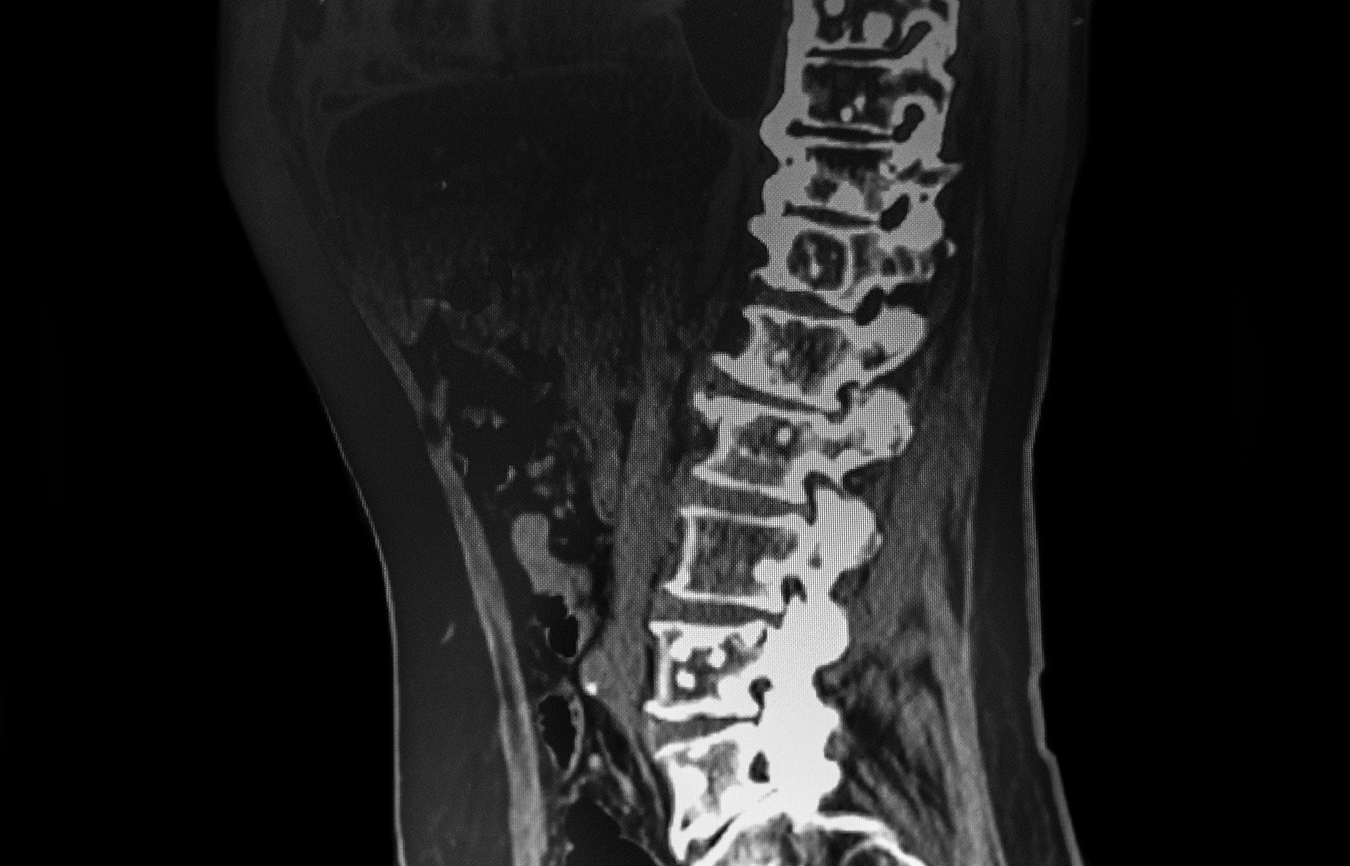Navigation Technology Helps Surgeons Treat Cancer More Effectively

Sylvester oncologists embrace the “wave of the future” for cancer care.
Orthopedic surgeons began using computer-assisted navigation technology back in 1997 to perform the total knee arthroplasty procedure. The technology helped them align a joint replacement implant more precisely, which meant that patients got better mobility, function, and longevity from their implant. As the technology advanced, oncologists began to recognize the benefits of computer-assisted navigation for removing cancerous tumors in the bones (osteosarcomas) and for metastatic tumors that grow into bone tissue.
“Oncologic surgeons must balance the need for adequate surgical margins while protecting surrounding tissue, blood vessels, and nerves. Navigation technology is a really important tool. It allows us to be more precise in achieving adequate surgical margins, which decreases the likelihood of the cancer coming back,” says Sheila A. Conway, M.D., an orthopedic oncologist and surgeon at Sylvester Comprehensive Cancer Institute.
How does navigation technology work?
Computer-assisted navigation technology uses a computer, monitor, and camera that produces real-time 3-D images of the patient’s anatomy and the surgical procedure. The computer tracks the patient’s movements through a navigated reference frame (probes) attached to a bony landmark on the patient’s body, usually in the area where the tumor must be removed. A mobile CT scanner scans the body, captures those CT images, and transfers them to a computer-assisted navigation workstation. The workstation registers all of the navigated surgical instruments and tracks them using a “stealth camera.” The guided probe identifies and verifies the exact location of bony landmarks and tumor margins. The same probe is then used to safely and accurately insert surgical instruments.
“The computer registers the probes so that even if the patient shifts one centimeter, the probes communicate that in real-time to the computer. The computer knows exactly where the patient’s body is and helps me know exactly where I’m going with my cuts, so I’m not injuring critical structures. This makes it much cleaner, easier, and safer to perform a complex surgery,” Dr. Conway says.
The technology is particularly helpful in technically difficult cases, such as tumors located in the scapula, pelvis, and spine. Dr. Conway’s partner, Motasem A. Al Maaieh, M.D., specializes in spine and oncology surgery at Sylvester. His reasons for using navigation technology are threefold. “The use of navigation is helpful in planning osteotomies (bone incisions). It aids the surgeon in localizing and removing tumors and in safely stabilizing the instrumentation necessary to reconstruct the spine.”
Less invasive, but more comprehensive
This means that his patients generally get a more minimally invasive spine surgery, which can “minimize the extent of surgery and increase the precision and safety of the procedures,” says Dr. Al Maaieh. “By using intraoperative CT images after removing the tumor, we can confirm adequate tumor removal and avoid additional post-operative imaging and the need for revision surgery.”
Using navigation technology, Dr. Conway and Dr. Al Maaieh can see all areas of the bone and where to remove the tumor and damaged bone. “If I know where the tumor is, I can be more confident that I’m not leaving any tumor (cells) behind,” says Dr. Conway.
Navigation also guides the surgeons in reconstructing joints or other bone structures after a tumor is removed and tells them exactly where to position an implant or prosthetic joint. “Reconstruction is challenging, but we can use implants – cadaveric or metal – to create an exact duplicate of the patient’s anatomy,” says Dr. Conway.
Every tumor is different and grows differently.
Navigation technology helps surgeons overcome these challenges and deliver a better outcome. For patients, the benefits include:
- Minimizing the extent of surgery
- Increased surgical precision and safety
- Lower complication rates
- Less blood loss
- Better post-surgical function
- Less pain
- Decreases the chance of a tumor coming back
- Decreased mortality
- Improved overall patient outcomes
- The risks of performing surgery without navigation include:
- Injury to a nerve or blood vessel near the tumor
- Leaving remaining tumor tissue or cells
Will navigation technology improve my outcome?
If you or a loved one are diagnosed with osteosarcoma or a metastatic bone tumor, how do you know if this tool will help your surgeon deliver a better result? First, find out if your surgeon uses navigation technology, for how long, and how many procedures they have performed.
“If I were a patient, I’d want to be where they offer this technology, but I’d also ask the surgeon, ‘What is the benefit and why are you using this method in my case?’” Dr. Conway says. No matter how advanced, technology cannot replace the insight and expertise of a highly trained surgeon and oncology team. But having this tool, Dr. Conway says, “Helps us be more confident and precise in our ability to deliver personalized cancer care. Navigation technology is the wave of the future for cancer care.”
UHealth orthopedic surgeons also use navigation technology for joint replacement surgeries not involving cancer. To learn more, please call 305-243-4000 or toll-free at 1-800-432-0191. To schedule a consultation with Dr. Conway or Dr. Al Maaieh, call 305-243-3000 or 305-689-7600.
Nancy Moreland is a regular contributor to UMiami Health News. She has written for several major health care systems and the CDC. Her writing also appears in the Chicago Tribune and U.S. News & World Report.
Tags: cancer surgery, Dr. Motasem A. Al Maaieh, Dr. Sheila Conway, navigation technology, orthopaedics, orthopedics, osteosarcoma
